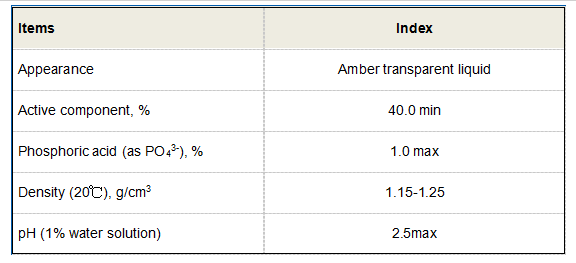Understanding the Differences Between Flocculants and Coagulants in Water Treatment Processes
Flocculant vs. Coagulant Understanding Their Roles in Water Treatment
Water treatment is a crucial process that ensures the safe and clean supply of water for drinking, industrial use, and environmental protection. Within this process, addition of chemicals plays a vital role, particularly flocculants and coagulants. While their functions are interconnected, they have distinct characteristics and applications. Understanding the differences between flocculants and coagulants is essential for optimizing water treatment systems.
Definition and Function
Coagulants are chemical agents that promote the agglomeration of suspended particles in water, leading to the formation of larger particle clumps known as flocs. Typically, coagulants are added to pre-treated water to neutralize the electric charges on the particles, which helps break the stability of colloidal suspension. Common coagulants include aluminum sulfate (alum), ferric chloride, and polyaluminum chloride.
Flocculants, on the other hand, are agents that aid in the agglomeration and settling of these flocs into larger masses that can easily be removed by sedimentation or filtration. Unlike coagulants, flocculants often have a high molecular weight and can be either organic or inorganic compounds. Common flocculants include polyacrylamides and natural starches. They work by providing a bridging action that links smaller flocs together, enhancing the settling process.
Mechanism of Action
The mechanism by which coagulants work primarily involves the destabilization of colloidal particles. In natural water sources, particles are typically negatively charged, preventing them from easily clumping together. When a coagulant is added, the electric charges are neutralized, allowing these particles to come together and form larger entities. Once coagulants have induced coagulation, flocculants take over to enhance the collection of these coarser flocs.
Flocculants facilitate the process by altering the physical and chemical interactions among particles. They create a network that traps smaller particles within bigger flocs, enabling them to settle more rapidly. The use of flocculants can significantly improve the efficiency of sedimentation processes in water treatment applications.
Applications
flocculant vs coagulant

Both flocculants and coagulants are heavily employed in various sectors, including municipal water treatment, wastewater treatment, and industrial processes. In municipal water treatment, coagulants are first utilized to clarify the water and remove turbidity. Following this step, flocculants are added to enhance the removal of any residual particles, ensuring high-quality drinking water.
In wastewater treatment, the application of coagulants serves to precipitate and eliminate contaminants, such as phosphates and suspended solids. Flocculants then help facilitate the separation of solids from the liquid phase, ensuring that clean water is discharged or reused efficiently.
In industries such as paper manufacturing, mining, and food processing, both coagulants and flocculants play a crucial role in optimizing processes and controlling effluent quality. For example, in mining operations, coagulants are used to settle out solids from slurries, while flocculants assist in consolidating sediment.
Key Differences and Considerations
While flocculants and coagulants work synergistically, their unique properties also guide their selection in specific applications. Coagulants tend to act more quickly in destabilizing particles, whereas flocculants take longer to function but facilitate enhanced settling.
When selecting a suitable agent for water treatment, several factors must be considered, including the nature of the solids being treated, the desired speed of treatment, and the cost of chemicals. Moreover, the effectiveness of these agents can vary depending on the pH and temperature of the water being treated, thus necessitating careful monitoring and adjustment during operation.
Conclusion
In summary, both flocculants and coagulants play indispensable roles in the field of water treatment, with each fulfilling specific functions that enable effective removal of suspended particles and contaminants. While coagulants provide the initial destabilization and aggregation of particles, flocculants enhance the collection and settling of larger masses for easier separation. By understanding their differences and applications, water treatment facilities can optimize their processes, ensuring the delivery of clean and safe water to meet growing demands.
-
The Power of Isothiazolinones in Modern ApplicationsNewsMay.08,2025
-
Flocculants in Water TreatmentNewsMay.08,2025
-
Flocculants and Chemical Solutions: What You Need to KnowNewsMay.08,2025
-
Flocculants and Chemical Solutions: A Growing IndustryNewsMay.08,2025
-
Essential Chemicals: Polymaleic Anhydride and MoreNewsMay.08,2025
-
Acrylic Polymers: Essential Solutions for IndustryNewsMay.08,2025





